Making homemade candles is a fascinating art, but anyone who has tried it at least once knows how frustrating it can be to encounter aesthetic flaws or to discover that the candle does not give off the desired scent. In this article, we explore together the most common problems in DIY candle making, and how to solve them effectively.
Why are holes created around the wick?
Often during the solidification of candles, holes are created around the wick. This defect is mostly due to air bubbles trapped in the wax that come to the surface as it solidifies.
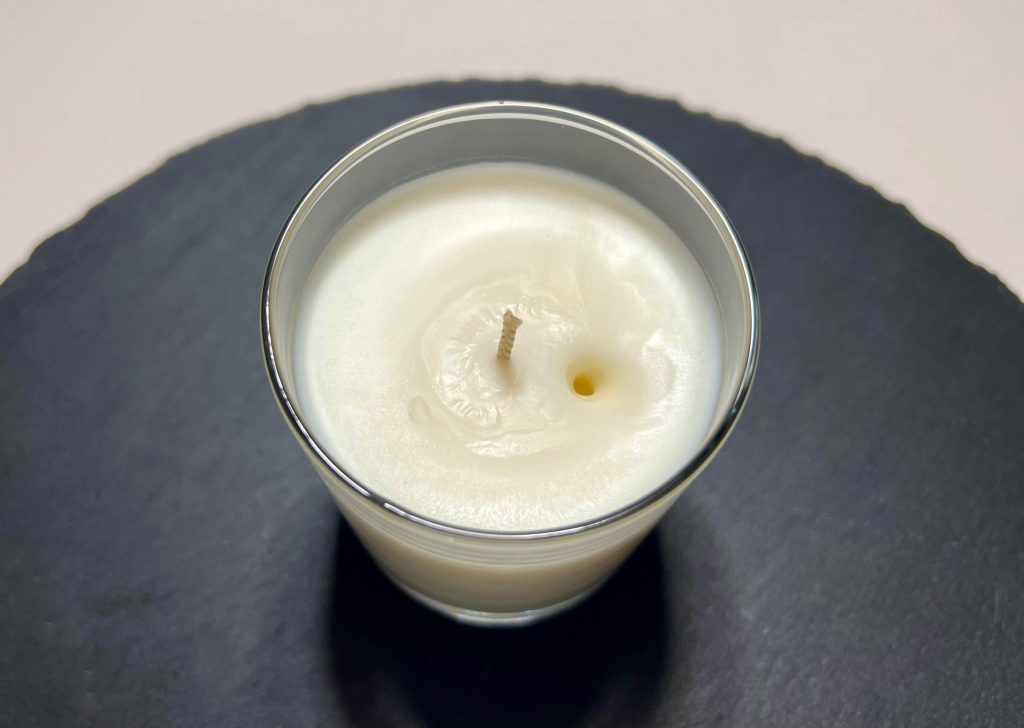
To minimize this problem, it is essential to stir the wax slowly, avoiding ingesting air. Also, pouring the wax slowly so that it touches the wick can help burst any air bubbles.
Why do cracks or irregularities form on the surface?
In most cases, cracks on the surface of candles form due to temperatures. In particular, if the wax cools too fast, the likelihood of cracks or unevenness is much higher.
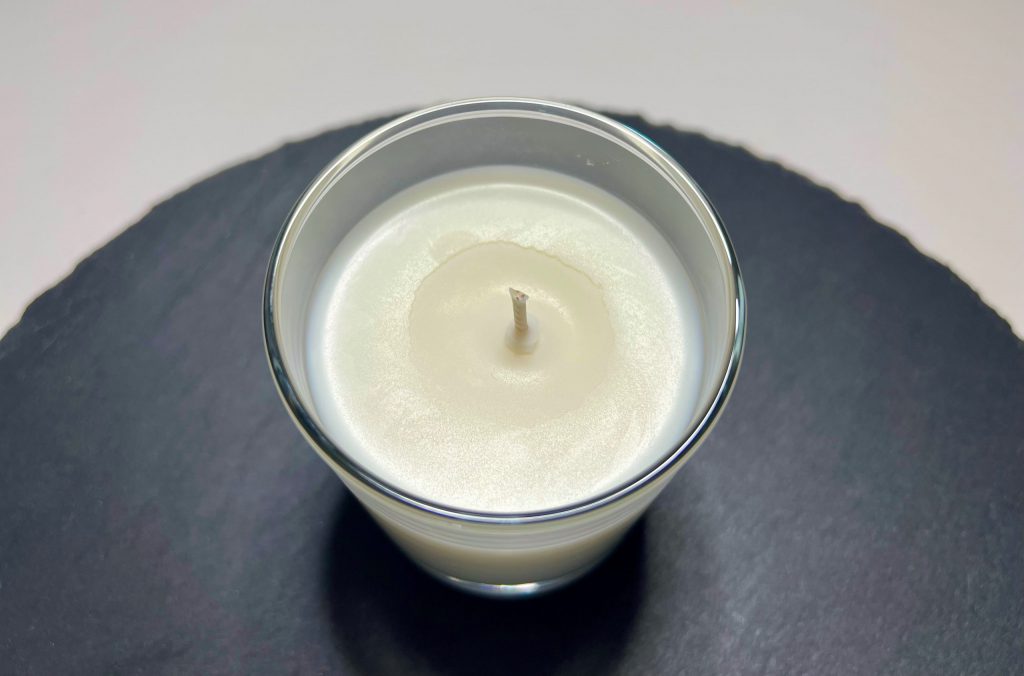
The solution to this problem is to make sure that, once poured, the candles cool slowly and evenly, away from temperature changes and cold drafts. As they solidify, try arranging the candles away from each other so they can cool evenly. Finally, also pay attention to where you store the candles once they are ready, ideally with a temperature between 20 and 25°C.
What is the white patina ( frosting effect) on candles?
The white coating that sometimes appears on candles, known as the frosting effect, is common in vegetable waxes, especially soy wax. This effect occurs when the wax tries to return to its original state, forming crystals.

To minimize the frosting effect, it is important to very carefully control the temperature of the working environment and the pouring temperature. You can try experimenting by increasing or decreasing it by a few degrees, so that you get as close as possible to the room temperature.
It must be said that this phenomenon, while annoying to see and difficult to counteract, in no way alters the quality of the candle but, rather, demonstrates the purity of the wax used.
What are wet spots and how to avoid them?
It frequently happens that in container candles the wax seems to create wetter spots. This phenomenon is called a wet spot, but rather than moisture, it is actually related to the wax coming off the container in some places during the solidification phase.

You can try to reduce this effect by cleaning and drying the containers well and heating them in an oven or with a hot air gun before using them.
Why doesn’t the candle smell when it is lit?
If the candle does not smell as it should, it could be due to poor fragrance quality or an error in dosing.
It is essential to use high quality fragrances and to dose them correctly, usually between 4% and 10% depending on the type of wax used. The correct percentage to include depends on the type of wax used-your supplier will be able to tell you what the correct percentage is depending on the wax you have chosen to use. Avoid adding too much fragrance, as it can cause smoke and an unpleasant smell. For vegetable wax candles, allow them to mature for at least two weeks before lighting them to allow the fragrance to fully develop.
Why does the wick produce black smoke?
Black smoke can be caused by excess fragrance, the use of low-quality dyes or decorations, or a wick that is too large or too long. Be sure to choose the correct size wick based on the diameter of the container and keep it at a length of about 0.5 cm by trimming it before each lighting.
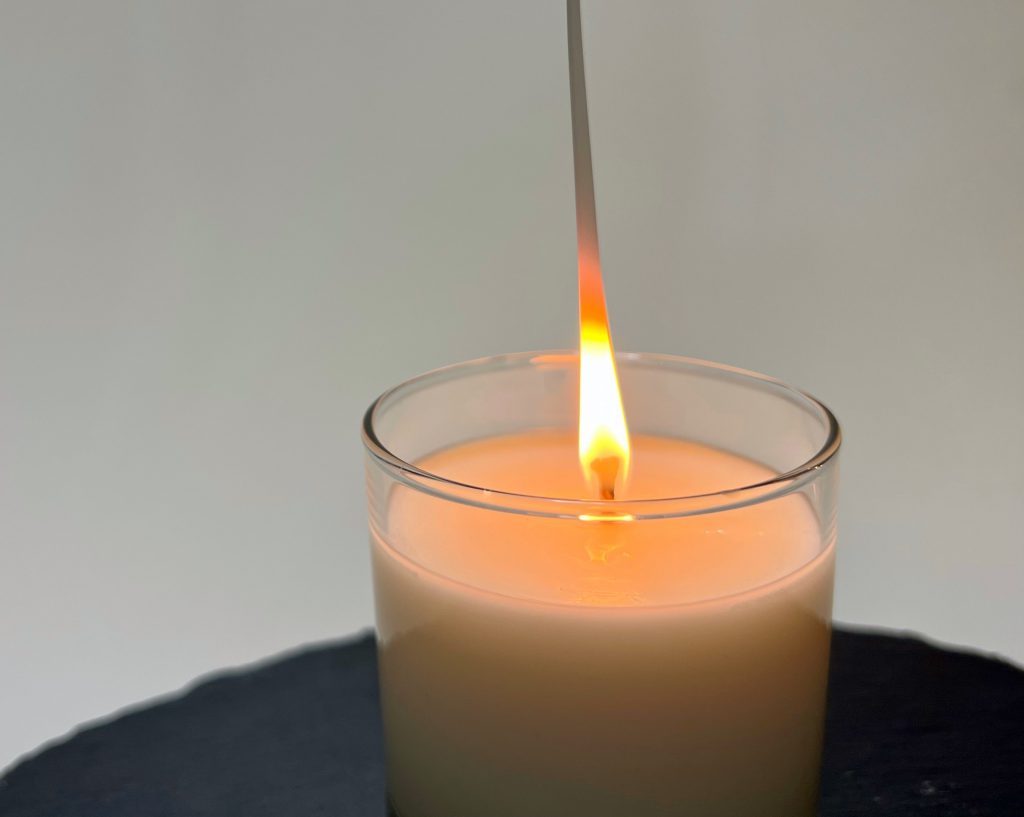
Why does the candle break when it is taken out of the mold?
Vegetable waxes, particularly soy wax, are quite soft, so mold candles made from these waxes tend to be very brittle.
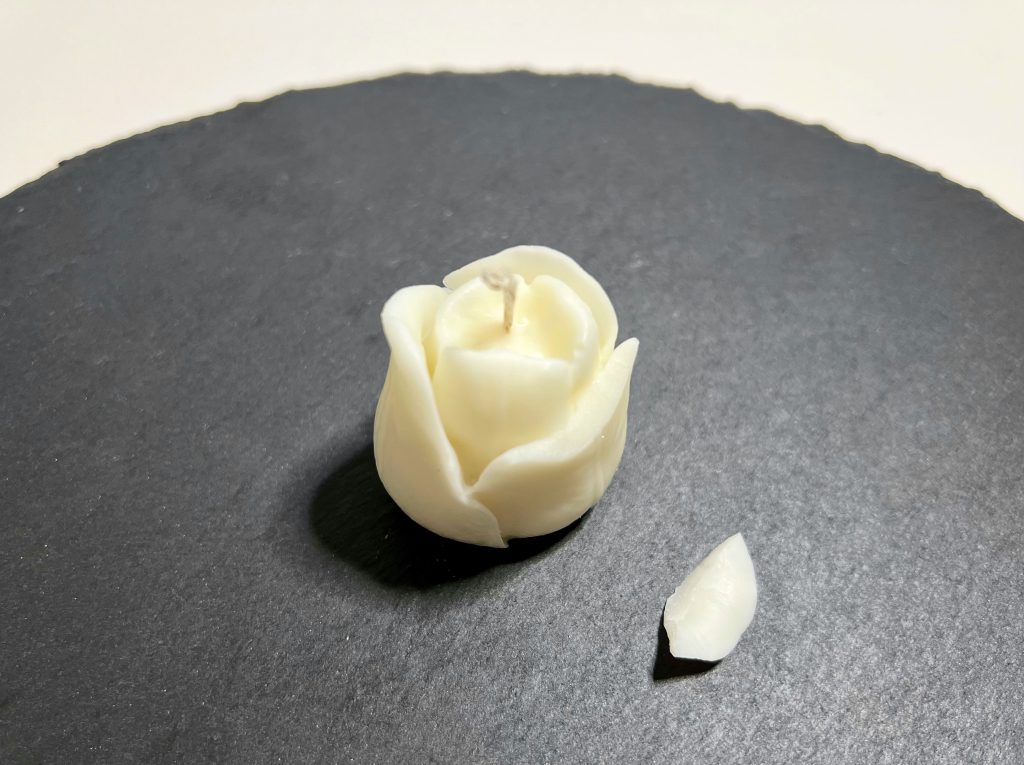
To prevent candles from breaking as you unmold them, always use mold-specific waxes and, if necessary, add 10-20% vegetable stearin to increase hardness. You can also use release sprays to facilitate removal.
Why does a candle in a mold tend to melt too quickly?
This happens mainly for two reasons: if the wick is too large for the diameter of the mold used or if the candle is not allowed to mature for at least two weeks.
Again, adding vegetable stearin or kerosene to the wax can help create a harder, longer-lasting candle.
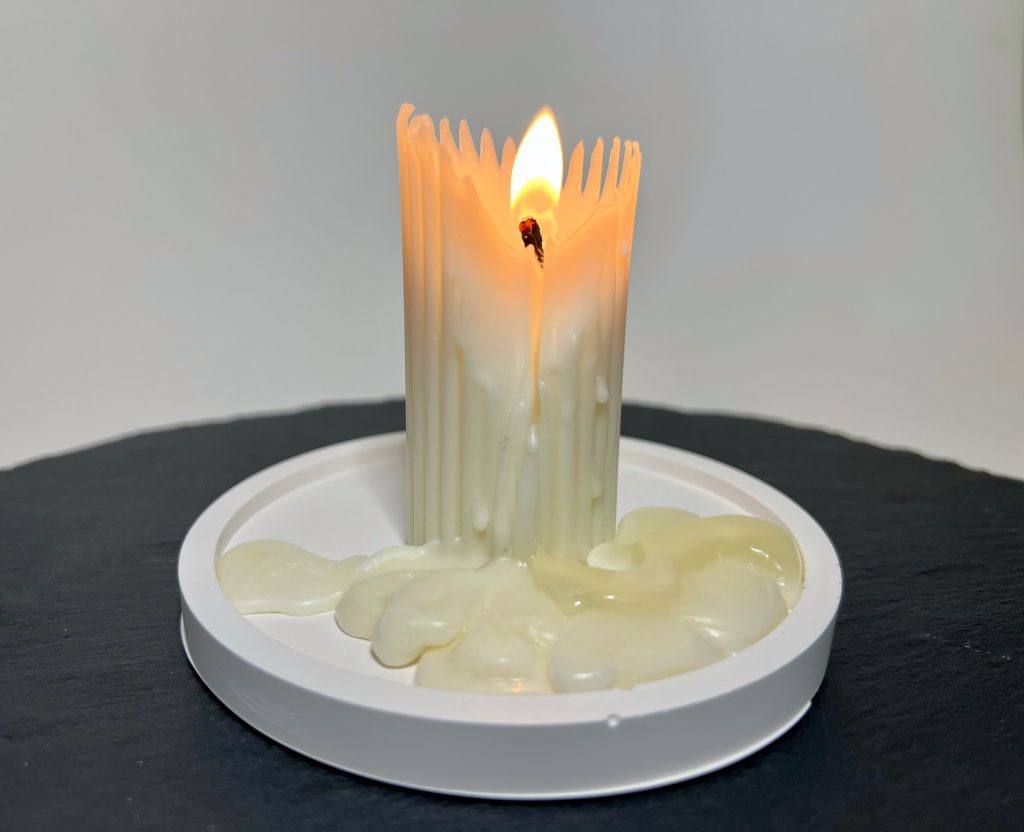
Why does my spark plug “sweat,” that is, it has an oily surface?
If the spark plug has droplets on the surface, it is likely to have experienced a temperature change.

Once ready, store the candles in a room of 20-25°C, away from heat sources, humidity or temperature changes.
Sometimes, oil droplets on the surface can also be due to overdoses of fragrance, so do not overdose.
Martina Vigliotti, known as Diecizerocinquecandele, has also made a video, where you can find a practical example of not only these problems but also the most effective ways to solve them. You can find it below:
Creating quality candles requires patience, attention to detail and the use of excellent raw materials. Every flaw can be overcome with a little experience and the right tricks. Don’t beat yourself up if you don’t get the desired result right away: experiment and test to best learn this fun art!
